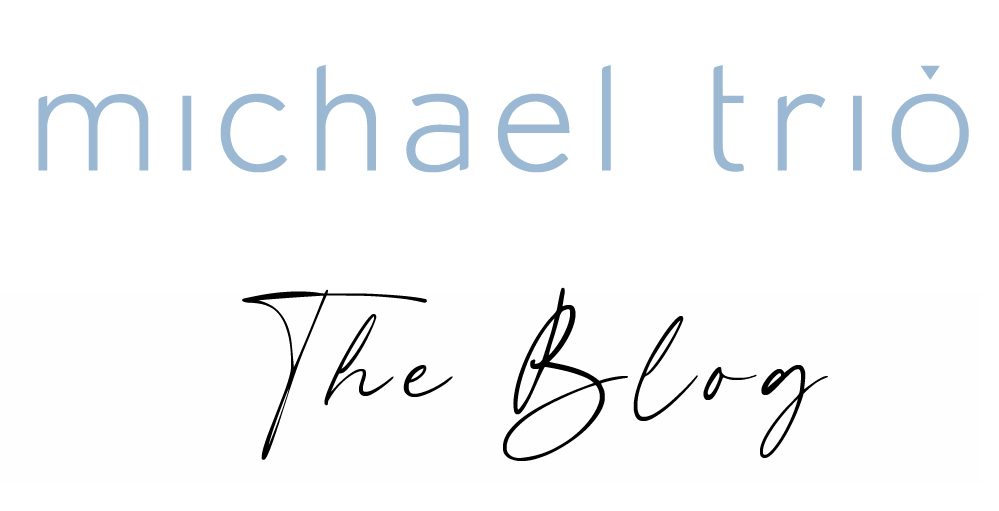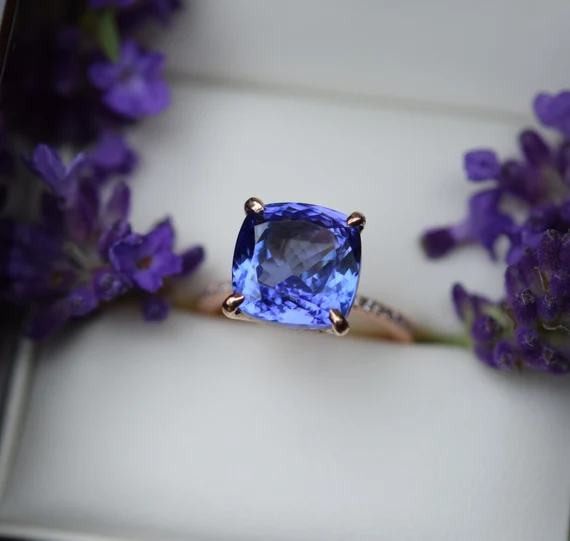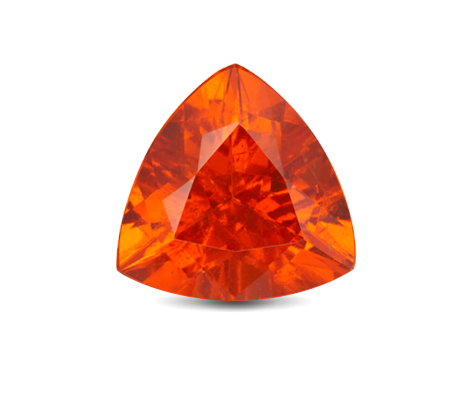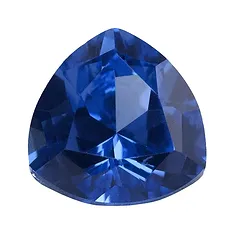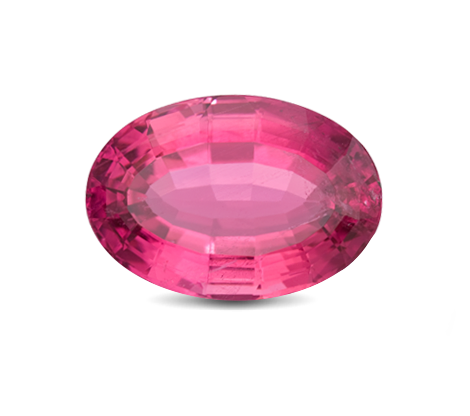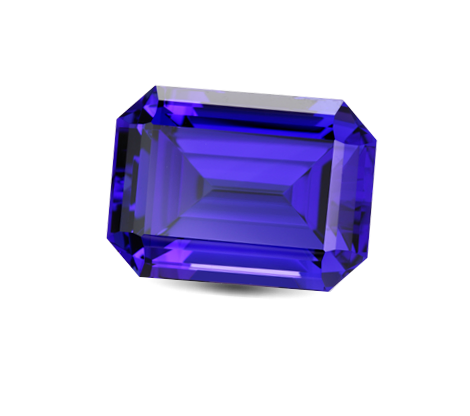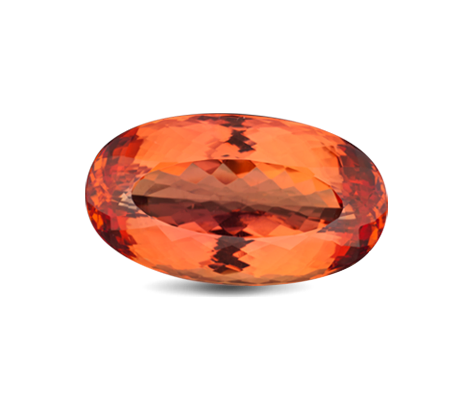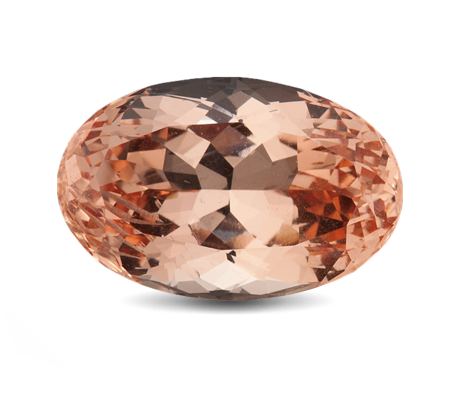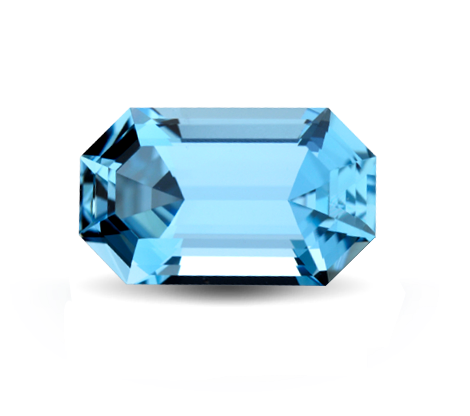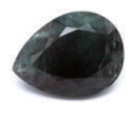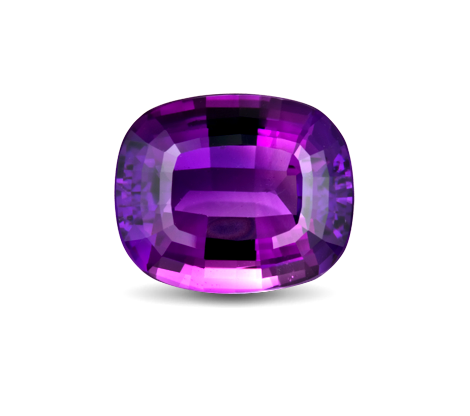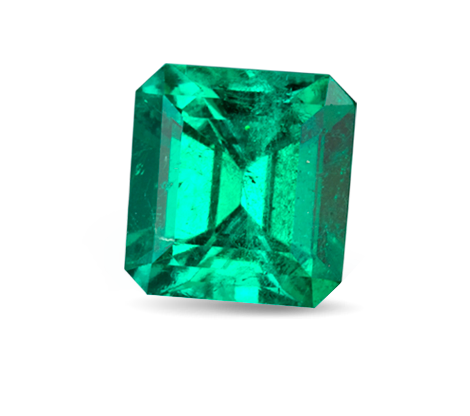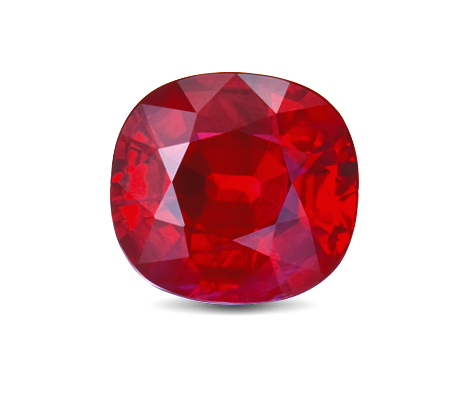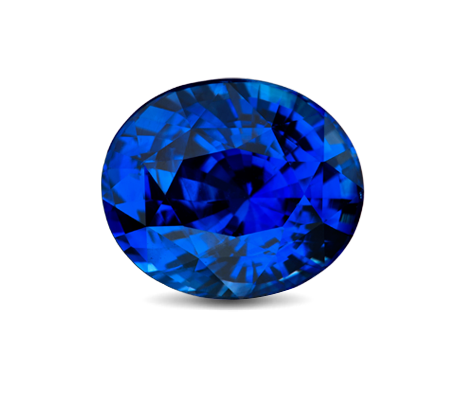Overview
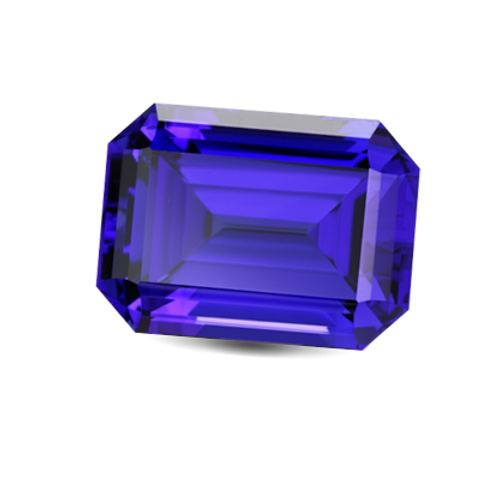
About Tanzanite
Discovered in 1967, this gem is named after the location it originated from, Tanzania. This pleochroic gem will display three distinct colours when tilted in 3 different directions. Its violet blueish colour allows it to be on par with the other gems despite being new. It is only found in one place in the world, the Merelani Hills of Tanzania.
Tanzanite Properties
Mineral: Zoisite
Chemistry: Calcium Aluminium Hydroxyl Sorosilicate (Ca2Al3(SiO4)3(OH))
Refractive Index: 1.691 – 1.700
Birefringence: 0.008 to 0.013
Specific Gravity:3.35
Mohs Hardness:6.0 to 7.0
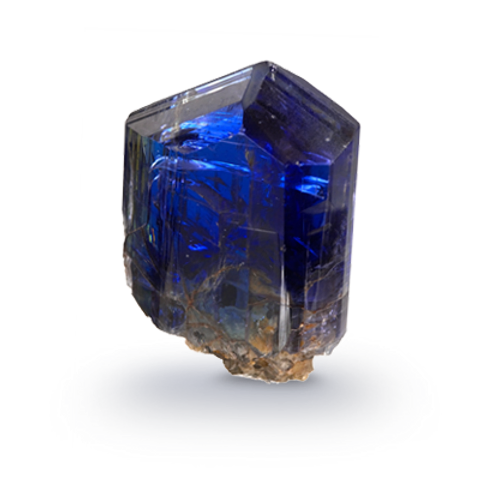
Main Colour
Blue
Other Colours
Bluish Purple
Violet
Common Shapes




Birthstone Month
December
Treatments / Enhancements
Heat Treatment is usually used to improve colour and clarity
Similar Gemstones
Origins
Tanzania
Colour
Colour is the most significant factor affecting the value of an emerald.
Colour preferences do change in time and from culture to culture. Nevertheless, the most sought after colour is violetish blue with red flashes. Gems with deep and highly saturated colour hue are the most valued tanzanite. Lighter toned pastel hues are more plentiful and affordable than vivid colours and have a subtle appeal of their own.

Tanzanite with 3 different colours
Colour Grades of Tanzanites
Tanzanites not only have different colour/undertone shades, they also come shades of blue and violet with varying intensity as well. Below is some of the Tanzanites with different shade intensity.
Vivid
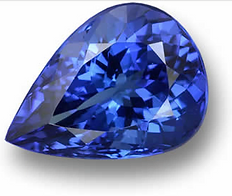
Intense
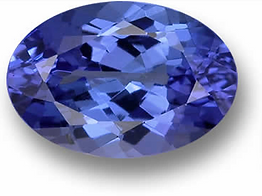
Medium Intense
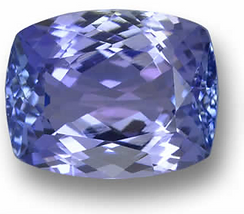
Light
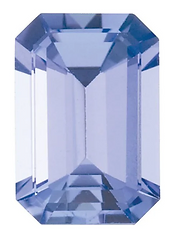
Pleochroism
Tanzanite is known for its 2 distinct pleochroism, Violetish Blue and Deep Blue. This gives the gems its saturated colour shade. Normally, Tanzanite are found to be brownish, but after undergoing heat treatment, it is able to shine in the beautiful shades of blue it has now
Emeralds mined from different locations have different colour intensity as well. Colombian mined emeralds have a warmer and more intense pure green colour. Zambian emeralds have a cooler, more bluish green colour. However, Emerald appearances overlap between all the mining sources.
Clarity
Clarity of a gem is judged based off the gem’s opacity and how much inclusions does the gem contain. The assessment of clarity is often done thru eye clean and it follow the same grading as with diamonds. Inclusions within the gem affects the value of the gem. The more visible the inclusions are to the visible eye, the lower the value of the gem.
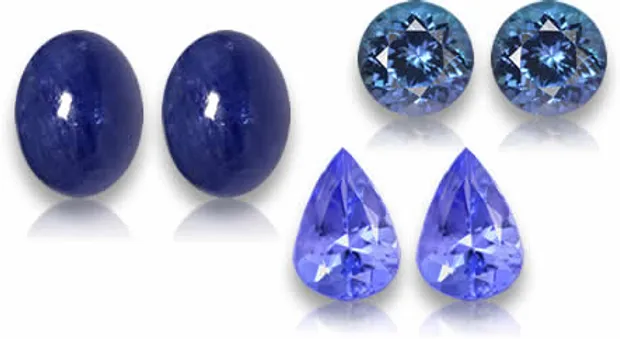
Tanzanite sold for jewelry has inclusions that can only be seen under magnification. Any eye visible inclusions decreases the gems value. Inclusions that might pose durability problems as well, causing fractures and lowering tanzanite value significantly.
Clarity Grades of Tanzanite
Clarity in transparent tanzanite is assessed by naked eye only and at distance of about 40cm. Tanzanite are classified as type 1 stones. This means that there are loupe clean, meaning that theres usually no visible inclusions within the gem.
Cut
The shape of the tanzanite crystal influences the finished stone’s shape and size. Gem cutters have to consider the tanzanite rough’s depth of colour, durability, and inclusions when making cutting decisions. This is to minimise the weight loss from the cutting as it will affect the value of the final gem.
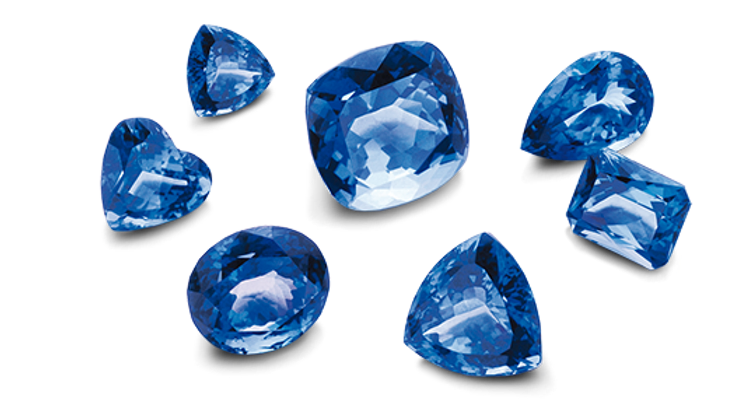
Pleochroism (Cutting)
Tanzanite exhibits pleochroism like most gemstones, mainly exhibit Violet and blue. Due to tanzanite’s strong pleochroism, fashioned gems typically show a mix of both blue and violet colours in a wide range of tones
Cutting a tanzanite to emphasise the violet-purple colour wastes less rough than cutting it to get a violet blue colour . Which is why violet-purple coloured gems are more common in the market as compared to violet blue gem. However, violet blue gems have a higher value compared to violet-purple gems. So the cutting decision has to be balanced between maximising the gem of gems produced and the price per carat of the violet blue gems.
Carat
Gemstones such as Tanzanite are denser than diamonds, therefore the carat weight for a gemstones differs from that of a diamond. Size of gemstones, including tanzanites, are measured by carat as well as their diameter in millimetres. However, Tanzanites are more valued for their colour, cut and clarity.
Tanzanites have a wide size range from a few points to hundreds of carats. Finest tanzanites with the deepest colour are usually over 5 carats. Smaller stones are usually less intense in colour. The larger the size, the more expensive the gemstone.
